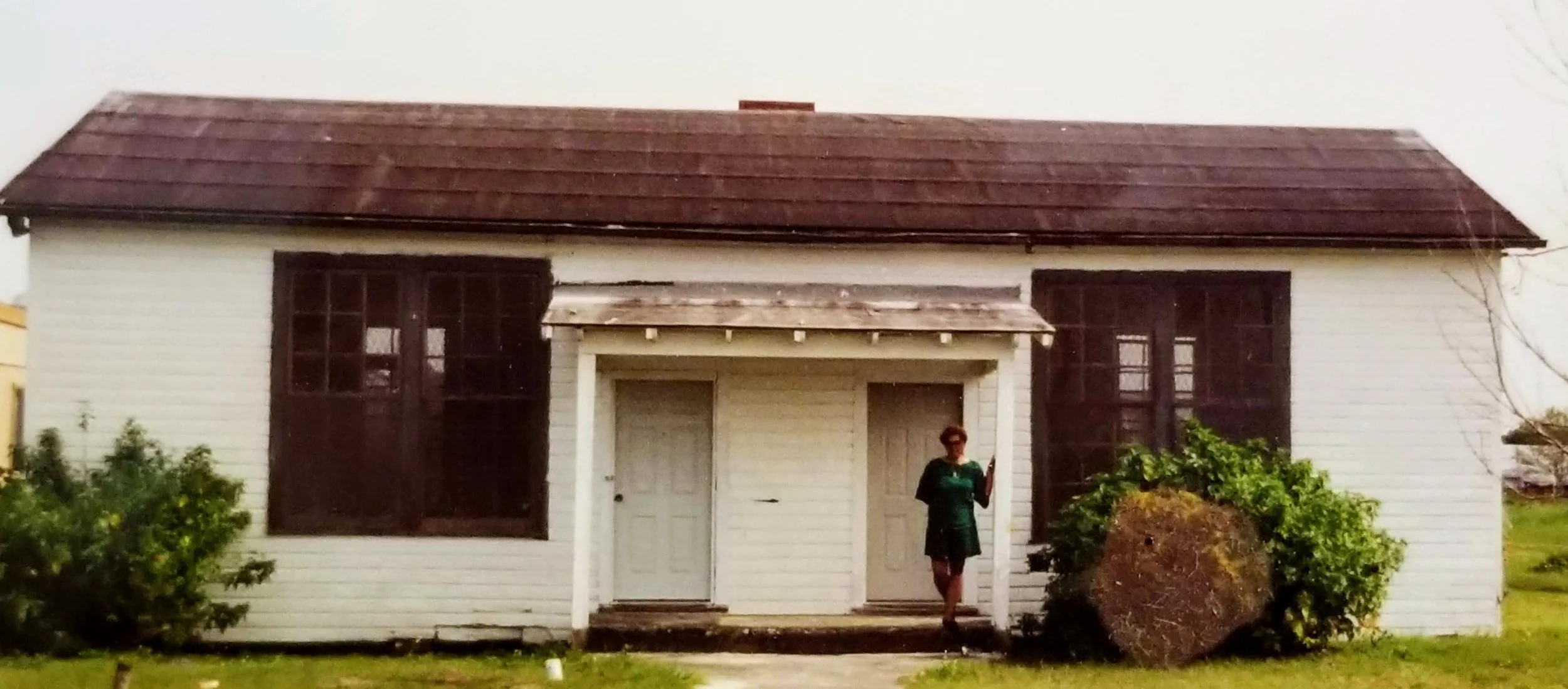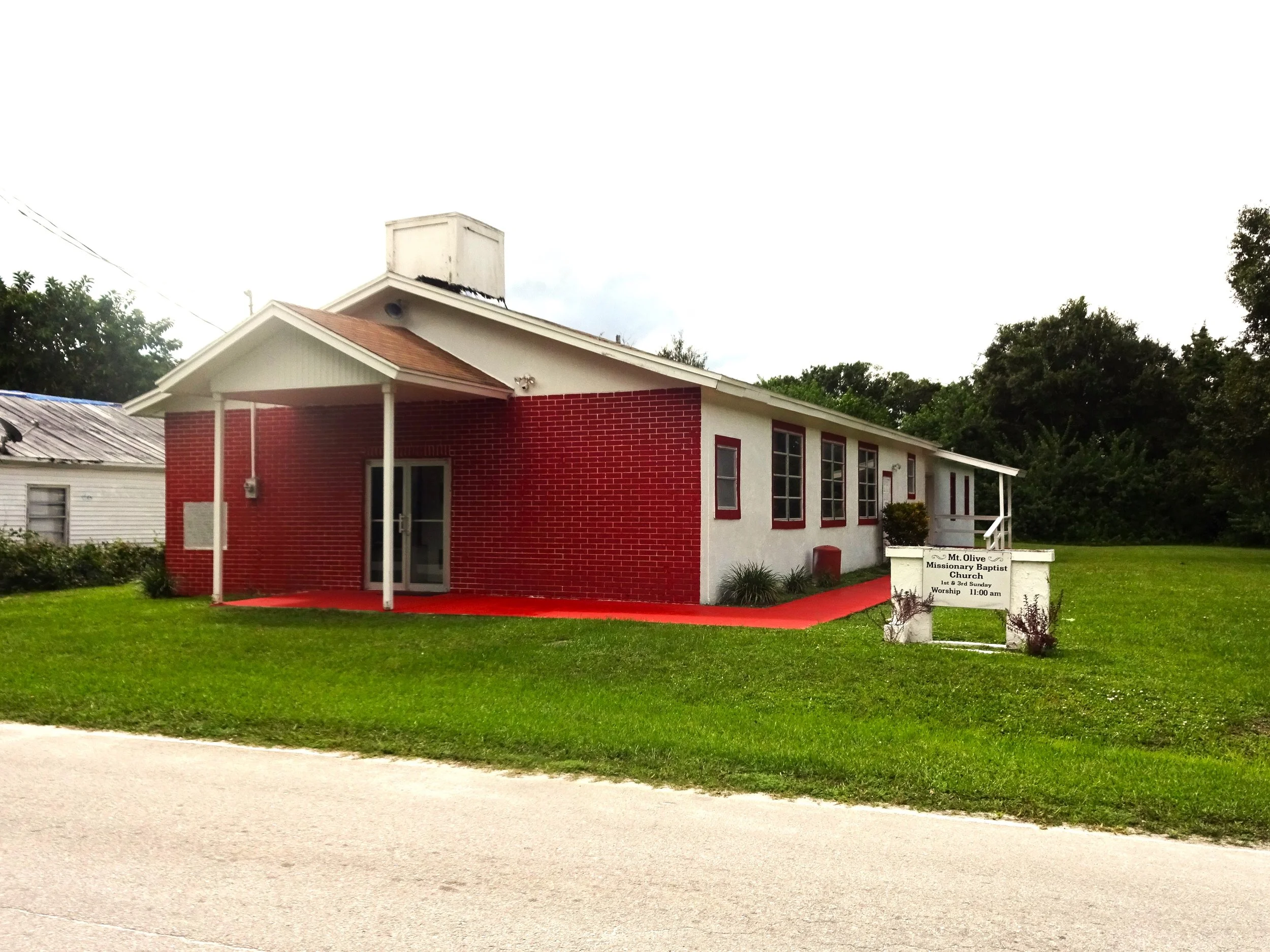City of Fellsmere’s Historic Walking Tour
When the Fellsmere Farms Company was established in 1910, its first priority was to construct a standard gauge railroad from Sebastian to Fellsmere. The Fellsmere Railroad was completed in the early part of September 1910. Approximately ten African American laborers were hired to build the railroad and to cook for the survey party that laid out the railroad, the town of Fellsmere, and surrounding lots within the 118,000 acres purchased by E. Nelson and Anne Fell, founders of Fellsmere. The African American community began as a small settlement at the northeast corner of Fellsmere outside the original city limits. Like all of the towns in the South during the 1800s and 1900s prior to the 1965 Voting Rights Act of 1965, Fellsmere was segregated and all African Americans were mandated to live outside the white community.
The original Town of Fellsmere was one mile square and bounded by Willow Street to the east, Myrtle Street to the west, South Carolina Avenue to the north, and Massachusetts Avenue to the south. The Town of Fellsmere was platted and recorded on July 31, 1911, in the public records of St. Lucie County, Florida.
Less than two years later on April 3, 1913, the first section of the J.G. Carter, R.L. James, and M.E. Hall Subdivision was platted on Fellsmere Farms Company Subdivision Tracts 1439 and 1440 northeast of the Town of Fellsmere. Jones Green (J. G.) Carter and Richmond Leigh (R.L.) James were high-level employees of the Fellsmere Farms Company. J.G. Carter was the Assistant Manager of the Fellsmere Farms Company and Superintendent of the Fellsmere Railroad. R. L. James was the auditor and cashier of the Fellsmere Farms Company. Murray E. Hall was an associate of R.A. Conkling who was the superintendent of the Fellsmere Farms Company demonstration farm. Hall also served as the Traffic Manager for the Fellsmere Railroad from August 10, 1916 to August 15, 1918.




